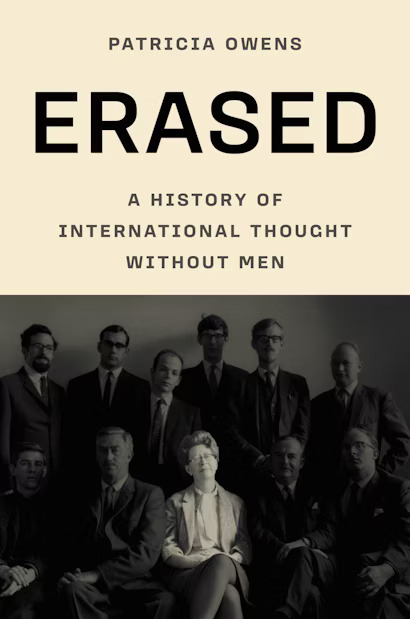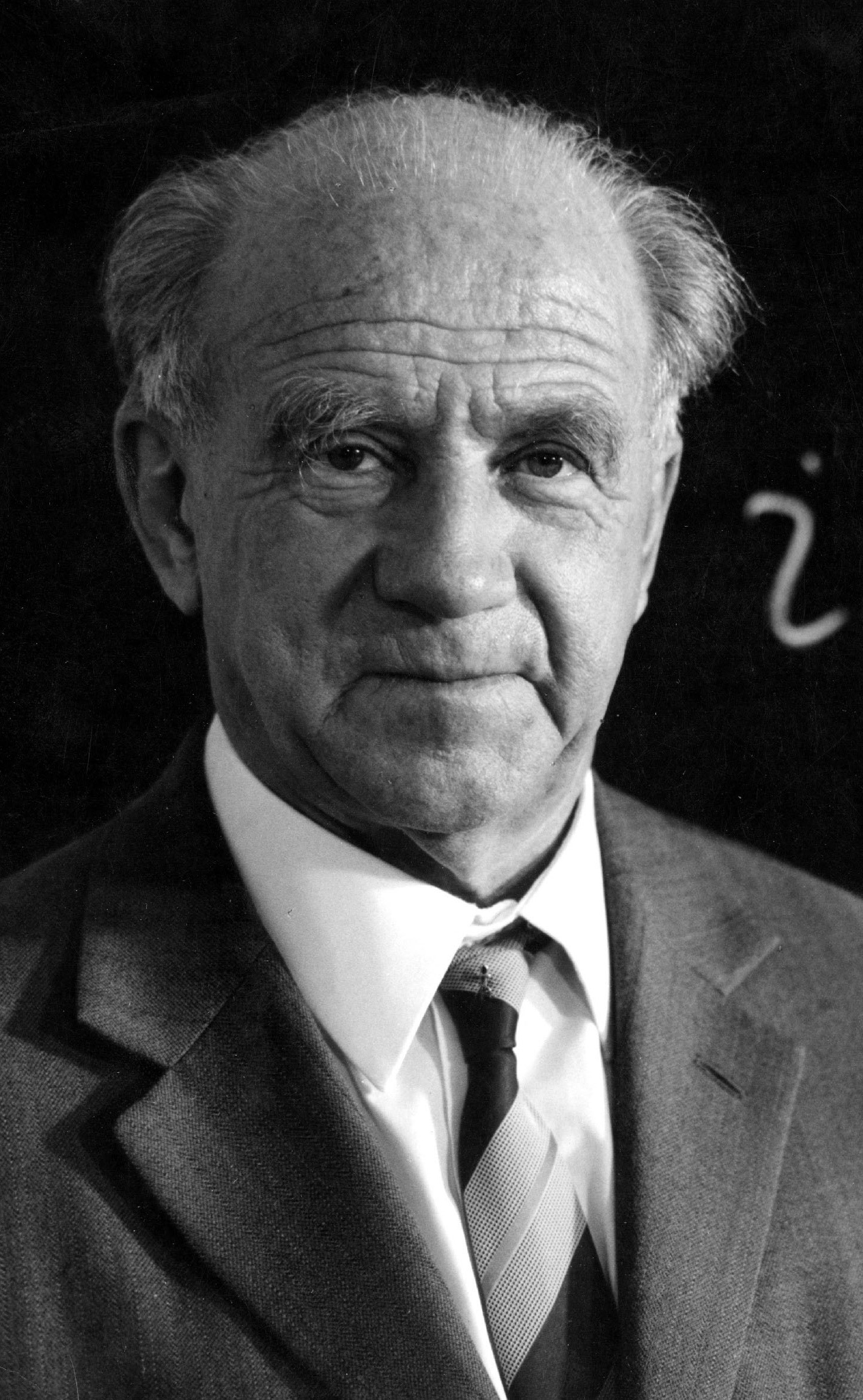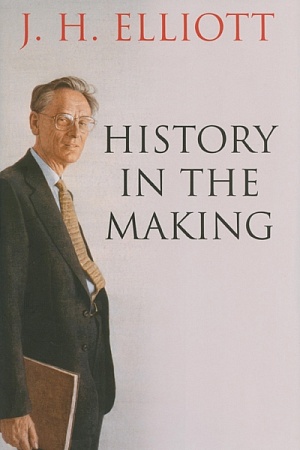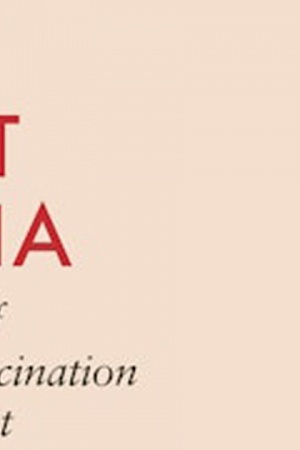The Facemaker: One surgeon’s battle to mend the disfigured soldiers of World War I
Allen Lane, $45 hb, 336 pp
Unconscionable carnage

Two millennia before ‘pretty privilege’ became a TikTok talking point, Publilius Syrus averred, ‘A beautiful face is a mute recommendation.’ The opposite is also true. Facial disfiguration, whether congenital or acquired, can be psychologically and socially debilitating.
This was the experience for thousands of men in World War I who suffered horrific facial trauma. US surgeon Fred Albee, who treated some of these soldiers, described the ‘unmitigated hell’ of going through life ‘an object of horror to himself as well as to others’. Ward Muir, an orderly at the Third London General Hospital, wrote of ‘broken gargoyles’ and the fear that he might inadvertently ‘let the poor victim perceive what I perceived: namely, that he was hideous’.
The best hope for these wretches was to receive the attention of surgeon Harold Gillies, who was born in New Zealand and educated at Cambridge. Gillies’ creativity and courage made him a leader in maxillofacial reconstruction. As with other fields of endeavour, such as aviation, materials technology, and communications, the exigencies of World War I precipitated significant leaps forward in plastic surgery. But at what staggering cost. Military technology wildly exceeded medical knowledge. In the words of one battlefield nurse, ‘The science of healing stood baffled before the science of destroying.’
Medical historian Lindsey Fitzharris has researched the wartime endeavours of the gifted Gillies, and the unconscionable human carnage he encountered daily. She notes that returned servicemen with facial trauma were regarded differently from other maimed soldiers: ‘Whereas a missing leg might elicit sympathy and respect, a damaged face often caused feelings ofrevulsion and disgust.’
Continue reading for only $10 per month. Subscribe and gain full access to Australian Book Review. Already a subscriber? Sign in. If you need assistance, feel free to contact us.











Leave a comment
If you are an ABR subscriber, you will need to sign in to post a comment.
If you have forgotten your sign in details, or if you receive an error message when trying to submit your comment, please email your comment (and the name of the article to which it relates) to ABR Comments. We will review your comment and, subject to approval, we will post it under your name.
Please note that all comments must be approved by ABR and comply with our Terms & Conditions.